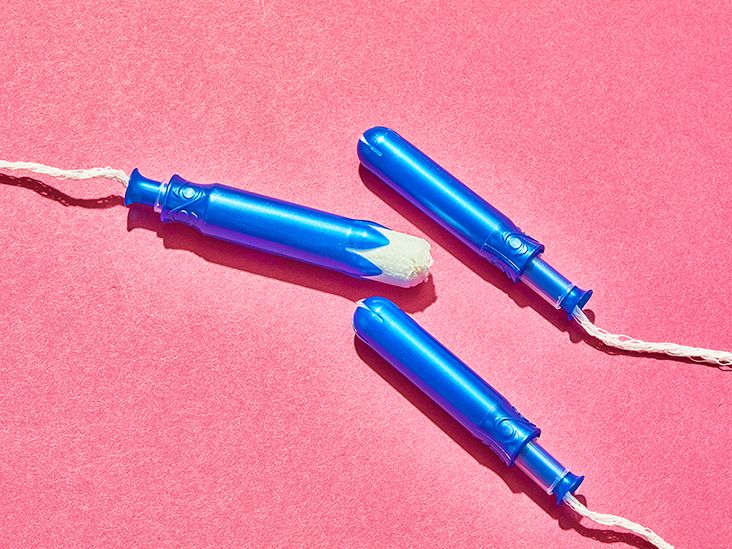How Often Should You Change Your Tampon?

The best practice is changing your tampon every 4-6 hours. But if you need a little extra time, you can technically wear one tampon for up to eight hours. But, according to the Food and Drug Administration (FDA), tampons should never be worn for over eight hours at a time.
Hot tip: If you’re nervous about forgetting about your tampon, check the clock right after insertion. Set an alarm or reminder on your phone for 4–8 hours later if it helps you remember to take it out.
Can you wear a tampon overnight?
Do you tend to get more than eight hours of sleep? If so, you’re better off with a pad. That way, you don’t have to worry about changing your tampon in the middle of your sleep.
If you’re not into pads (we get it), you can consider a menstrual cup, which is reusable and inserted inside of you. But instead of absorbing the blood like a tampon, it catches the blood as it falls out. Most of these can be worn for up to 12 hours at a time.
Remember that menstrual cups aren’t for everyone, and it can take some time to get used to them. Plus, they require a strict cleansing routine to stay safe, but still, many people prefer these to other period products.
Do you have to wait to change a tampon?
You don’t have to wait four hours before changing your tampon. Maybe your flow is on one of its heavier days (which usually happens toward the start of your cycle), and you’re filling up tampons pretty quickly. Go ahead and change it sooner than four hours if needed.
If you find that you’re doing this quite a bit, you may want to use a higher-absorbency tampon. For example, using a “light” or “regular” size on an extra heavy day might result in you changing your tampon more frequently or possibly leaking. On these days, you might find a higher absorbency tampon helps you manage leaks and change times a little better.
The difference in these tampons comes down to thickness. A light or regular tampon is skinnier, if you will, and a super tampon is thicker to help absorb extra blood. However, it’s safer not to use a super tampon on regular or light days.
What happens if you pull one out and there’s no blood?
A tampon with no blood to absorb can be extremely uncomfortable to remove. It’s possible you used a tampon on a day where your flow could have gotten away with just a panty liner.
Can you wear a tampon underwater?
Heading to the pool? No worries! Your tampon can come along with you. It’s safe to wear a tampon while swimming. Just make sure you’re using the correct absorbency for your flow that day, and remember to tuck your string in nicely so it doesn’t fall out of your bathing suit if you’re wearing one (assuming that’s not the look you’re going for).
Why do I still leak when wearing a tampon?
Most of the time, this is thanks to leaving it in too long or using a lower absorbency tampon on a day when your flow just needs a little extra help. Consider wearing a pad or panty liner in combo with your tampon and changing it more frequently. If this still doesn’t help, it’s a good idea to chat with your healthcare professional about your super heavy flow to ensure it’s not related to any underlying medical conditions.
Do tampons make your period longer?
While this sounds like a myth, it’s actually true — tampons can make your period last longer. The idea here is that menstrual blood needs to flow out of you fully to wrap things up and get to the end of your cycle on time, and tampons essentially work as a temporary measure for plugging a leak.
Do tampons hurt?
Tampons should not hurt you. But if you find them uncomfortable or painful, you might not be inserting them properly. If you’ve ruled that out, chat with your healthcare provider. They can help you find a more comfortable solution.
Not to be a voice of doom, but leaving your tampon in for too long can lead to an infection, which can cause a rare but potentially deadly situation called toxic shock syndrome (TSS).
TSS can happen when tampons are left in for more than 8 hours.
If you’re wearing a tampon and notice these symptoms, remove your tampon right away and get in touch with your healthcare professional:
- diarrhea
- vomiting
- high fever
- dizziness
- sore throat
- muscle ache
- sunburn-type rash
- faintness or weakness
To keep your TSS risk low, the FDA suggests wearing the lowest absorbency tampon necessary, never wearing one longer than 8 hours, and only using tampons while you’re on your period.








